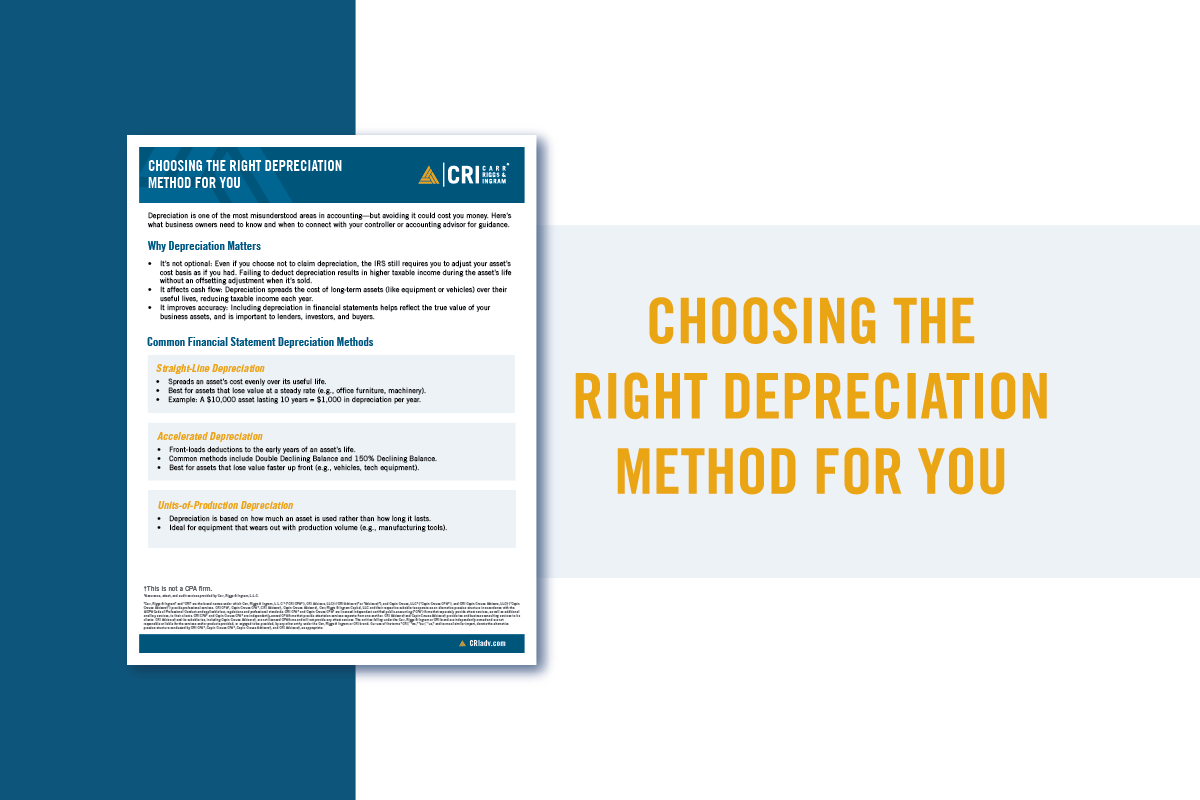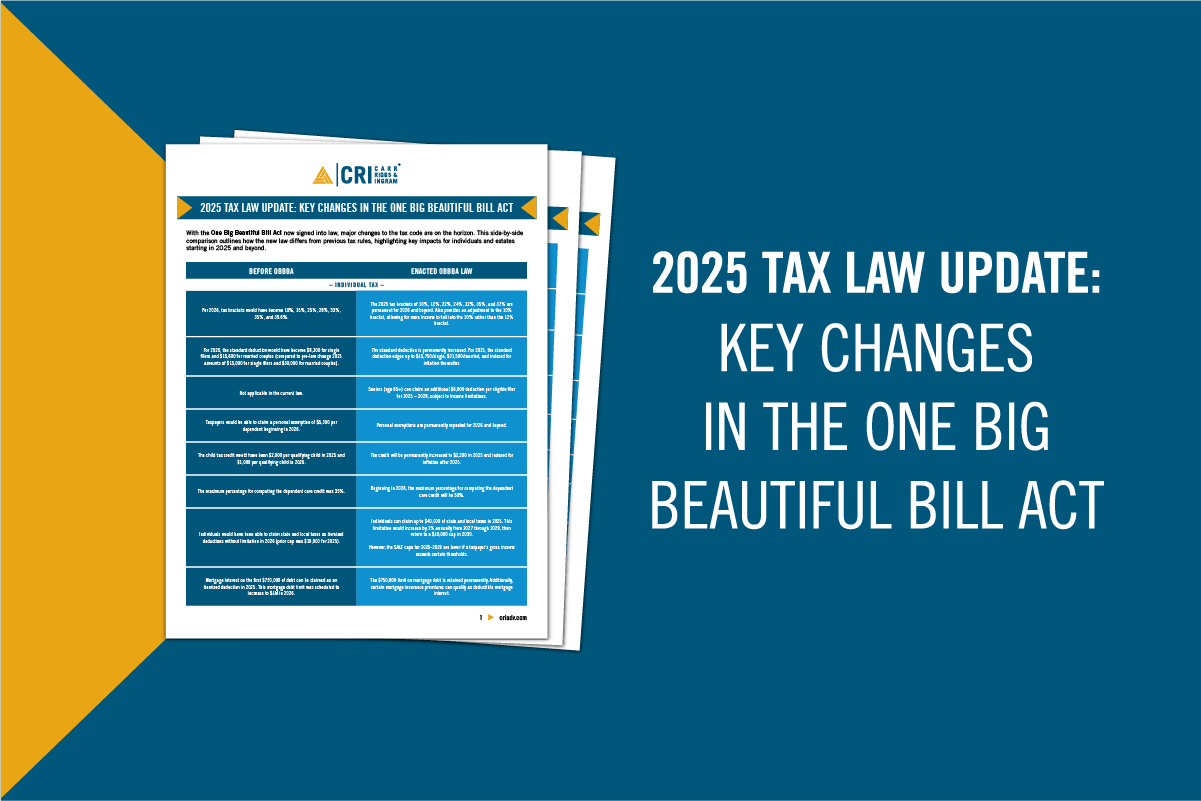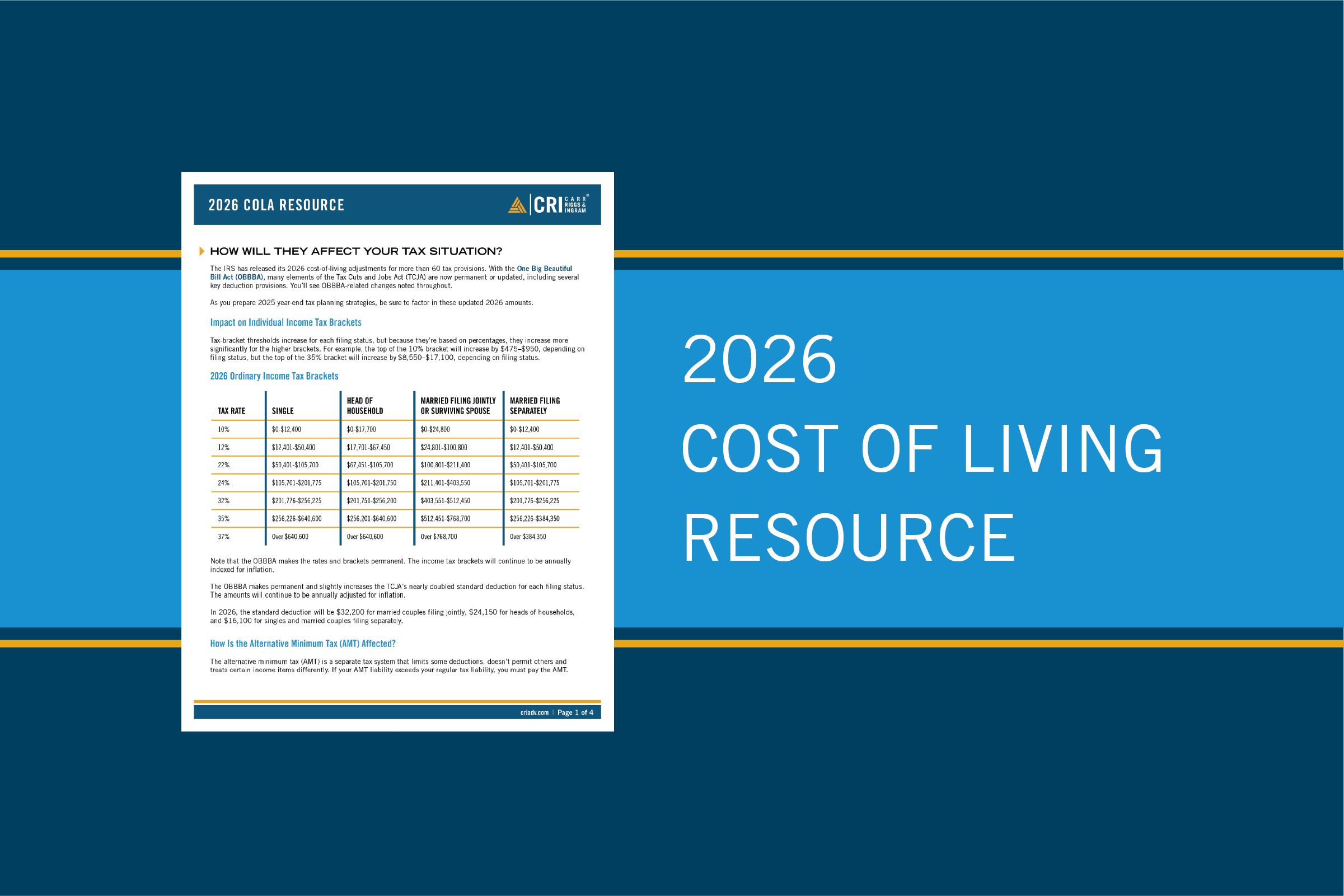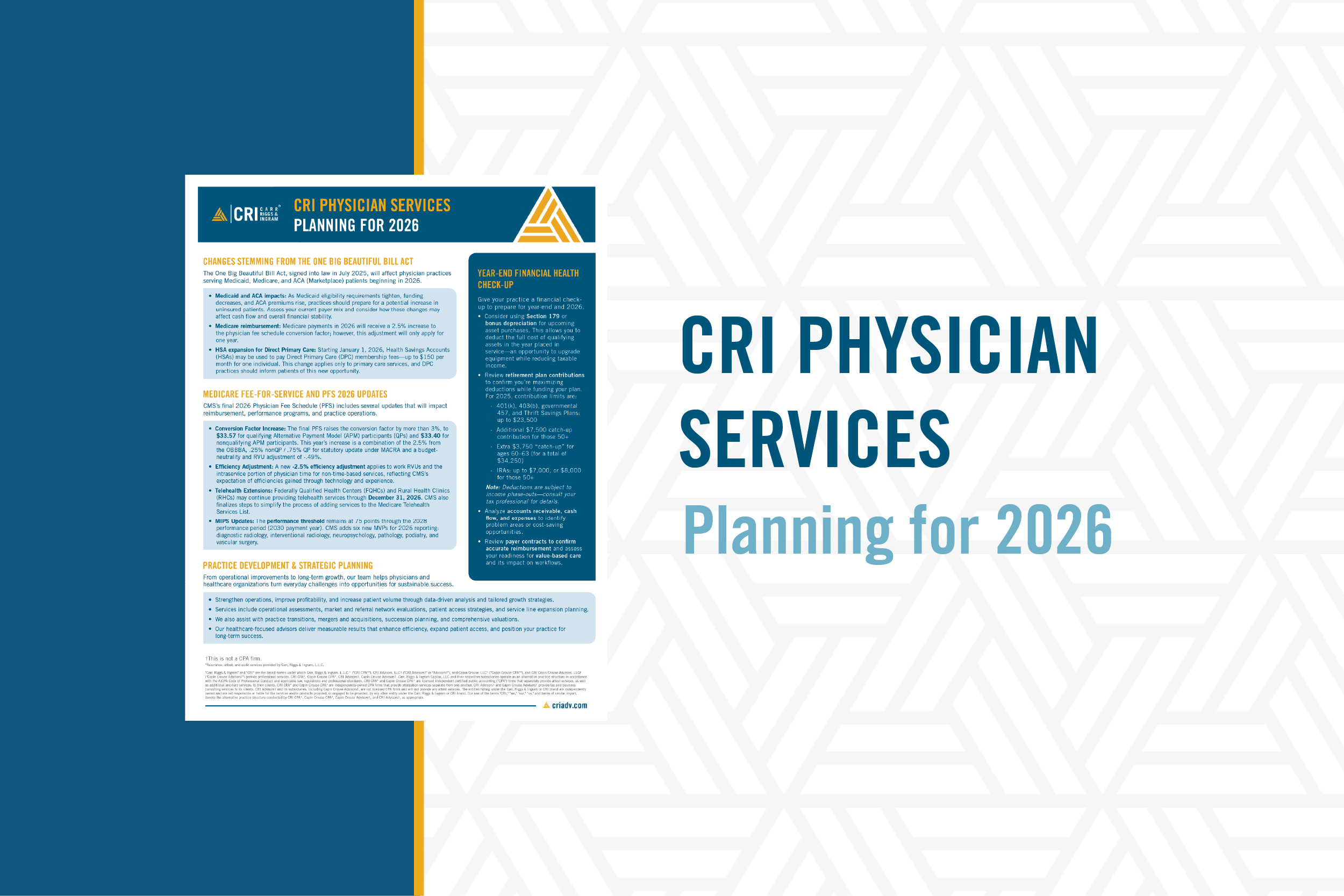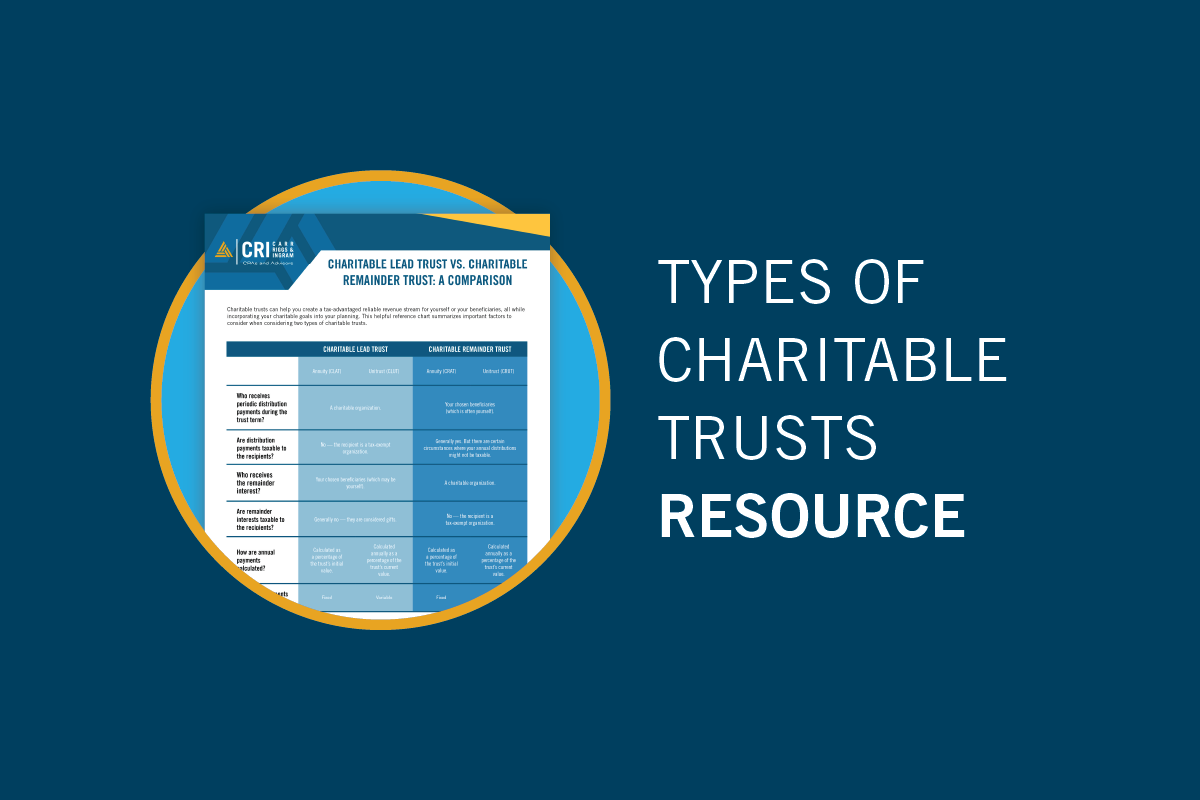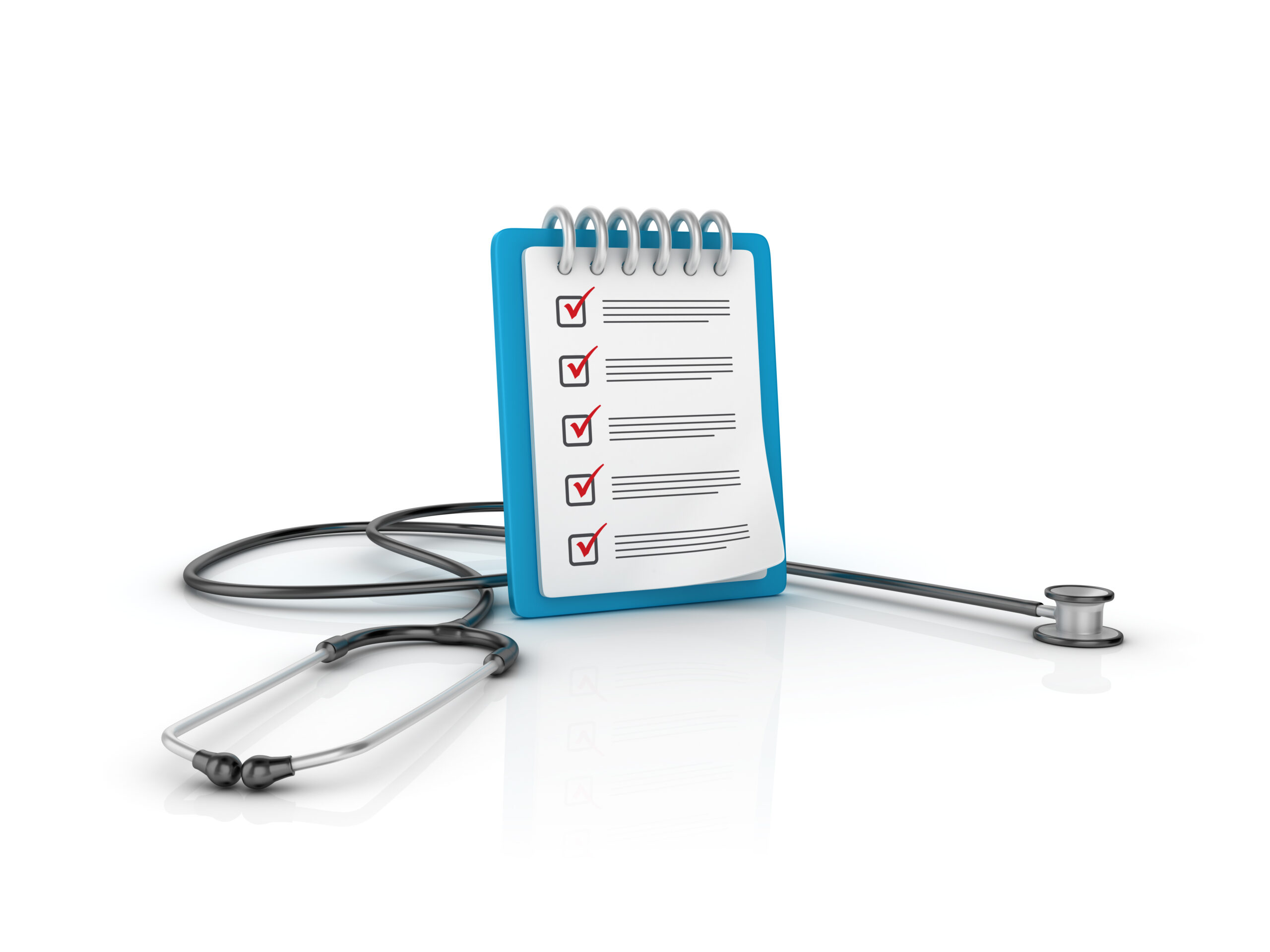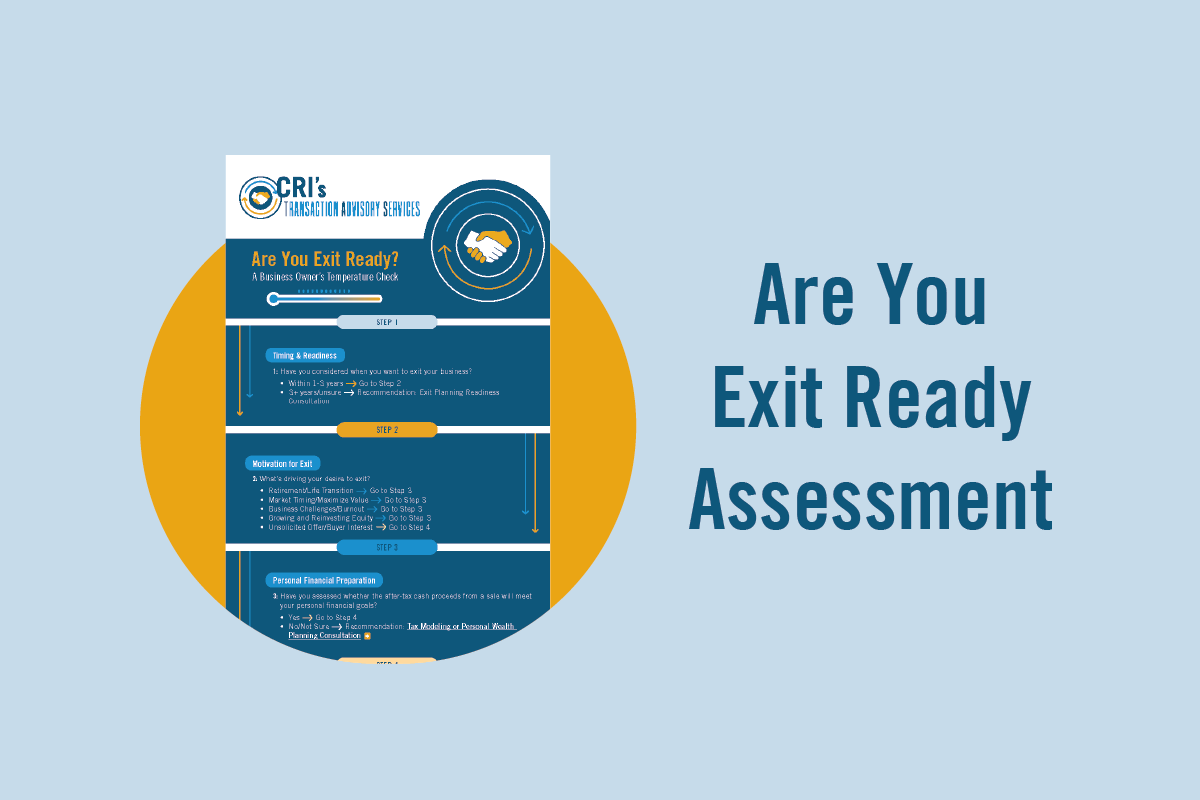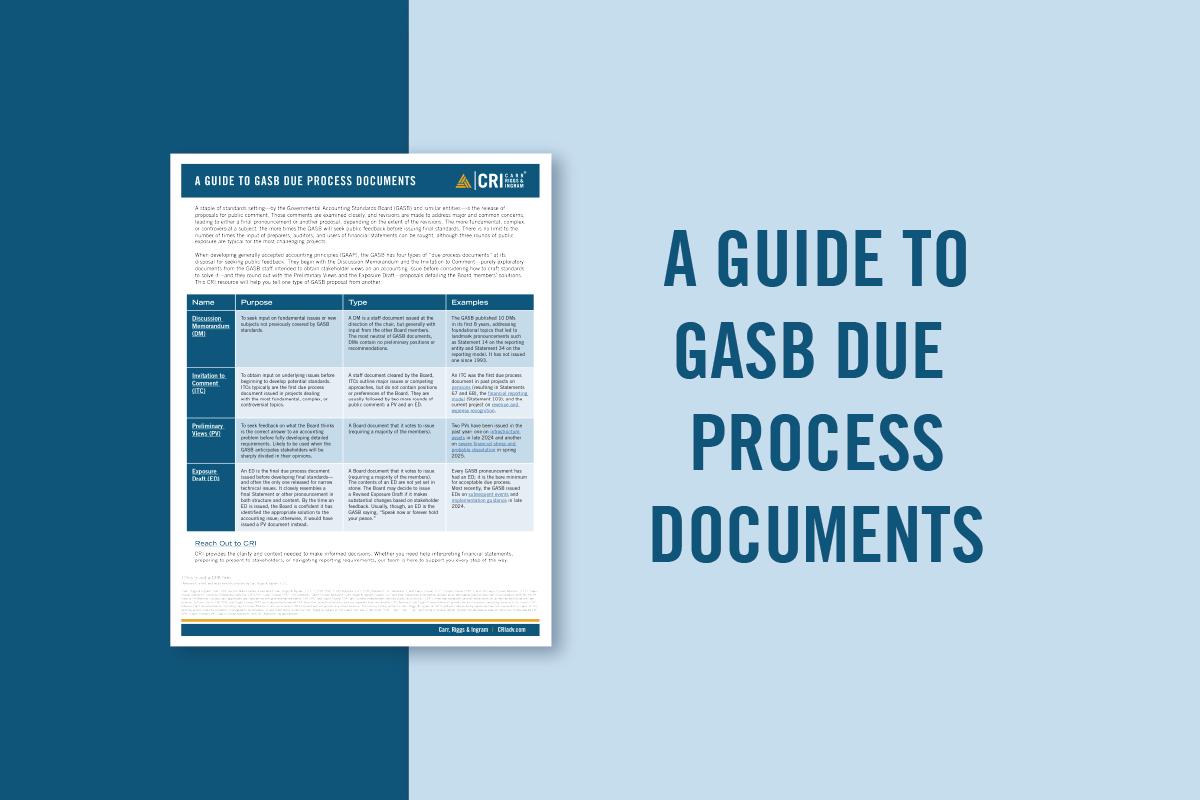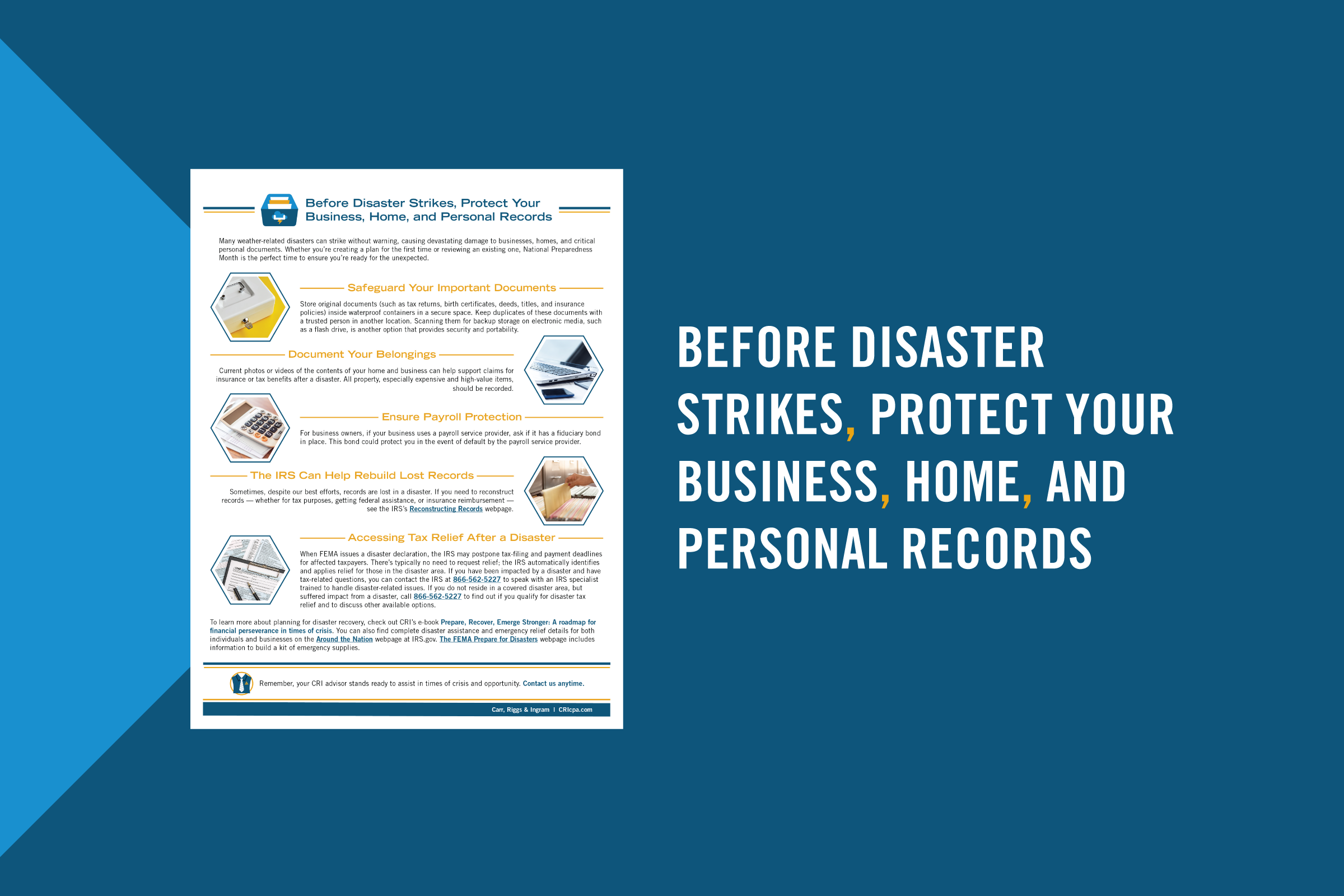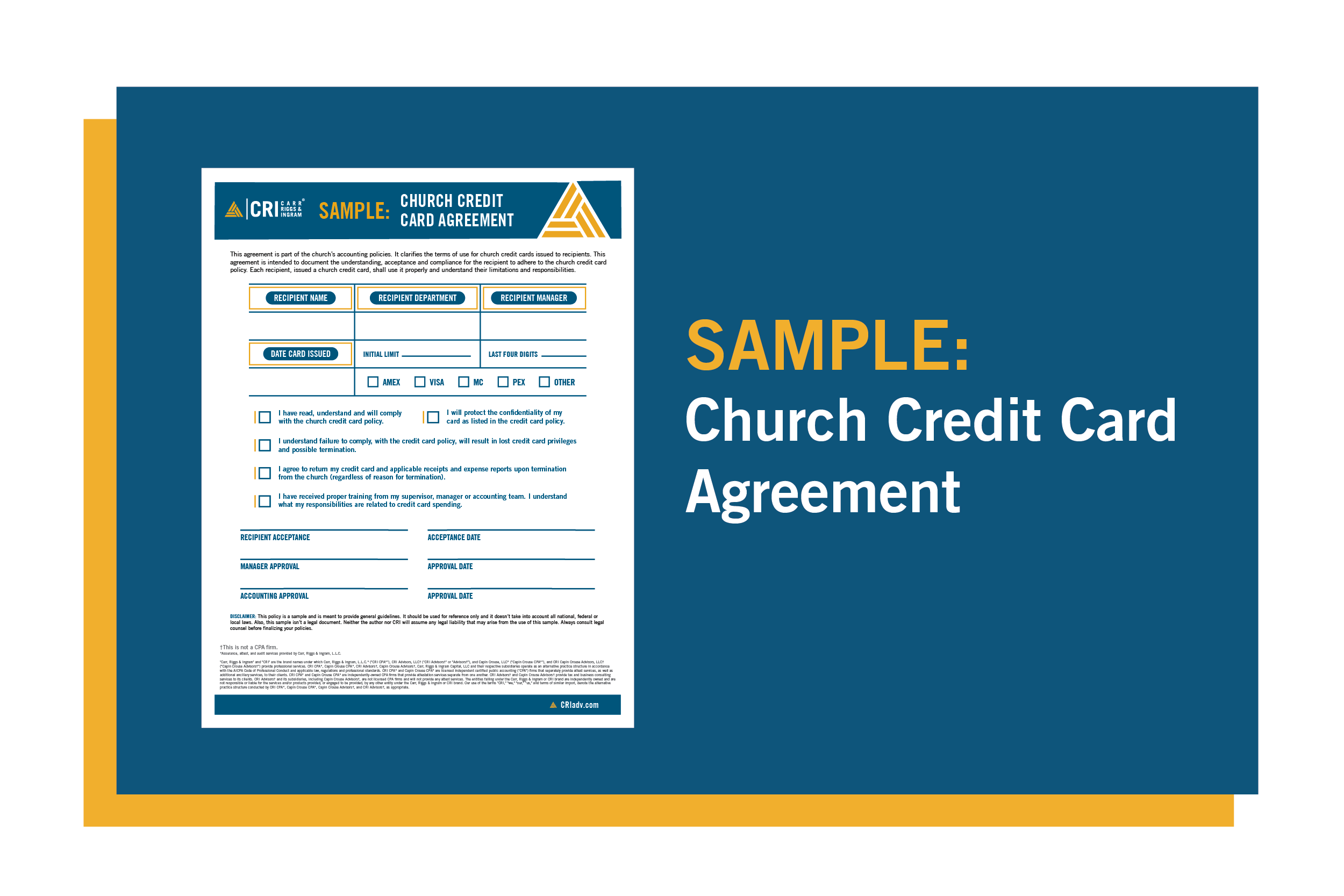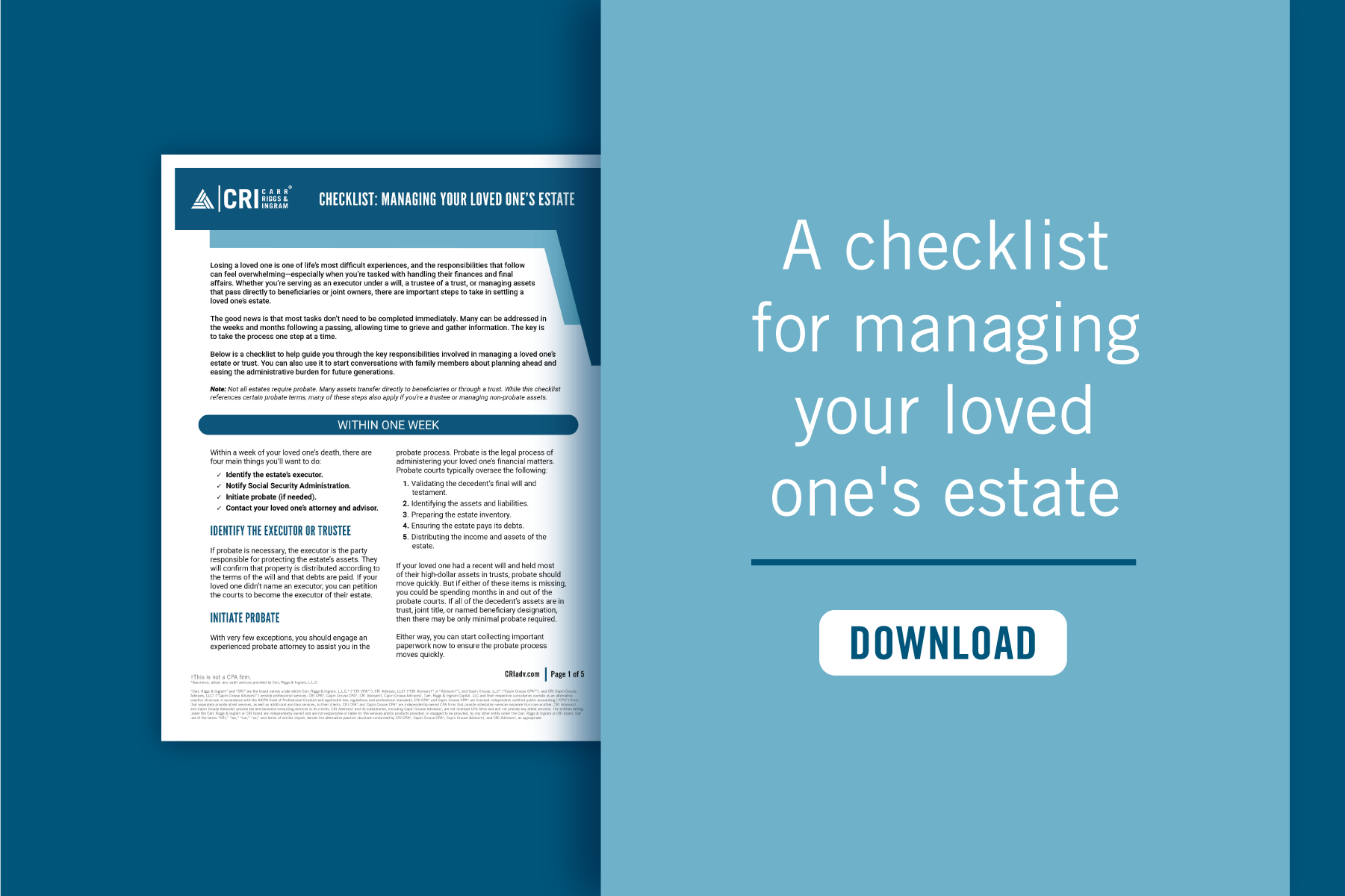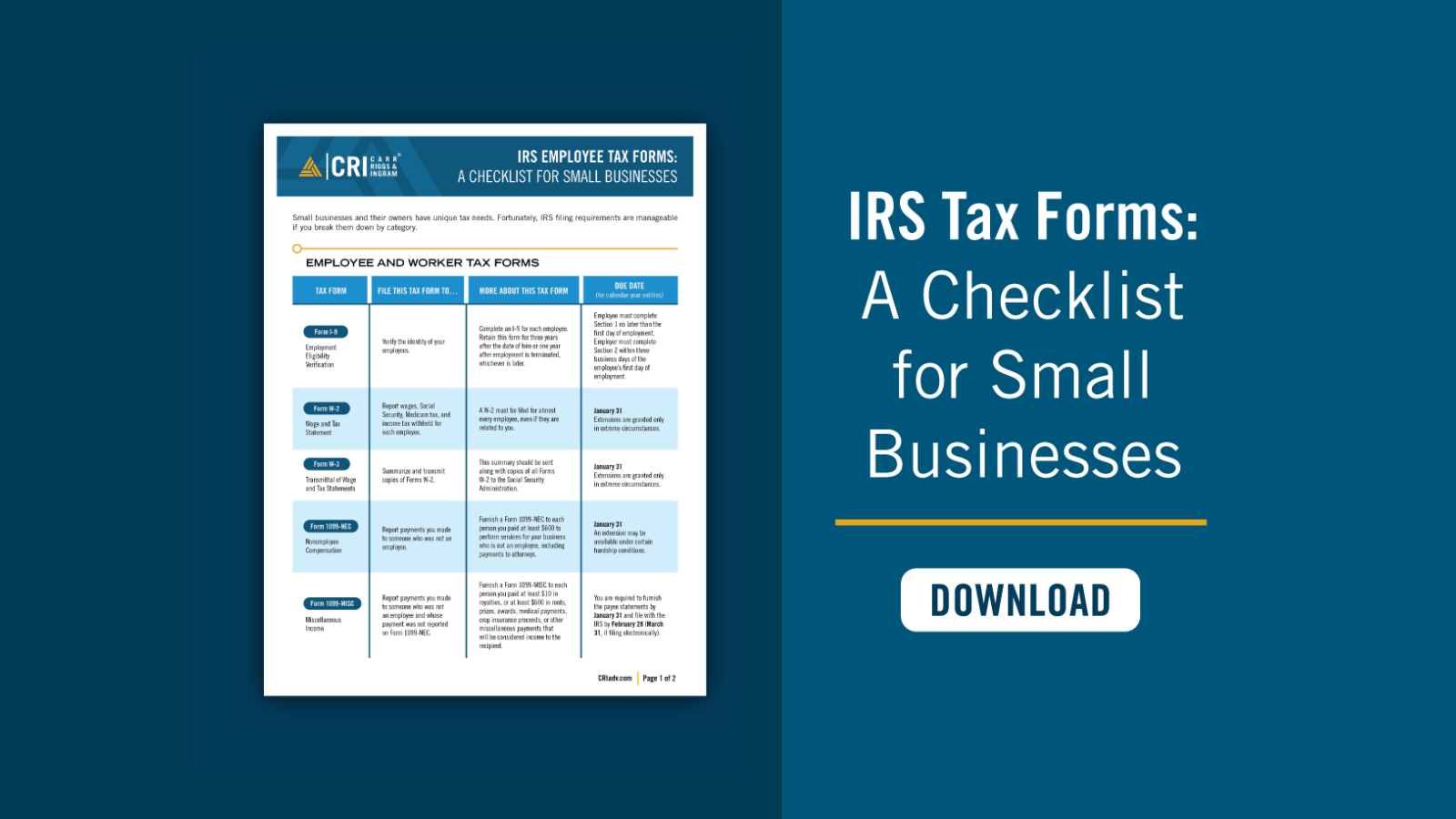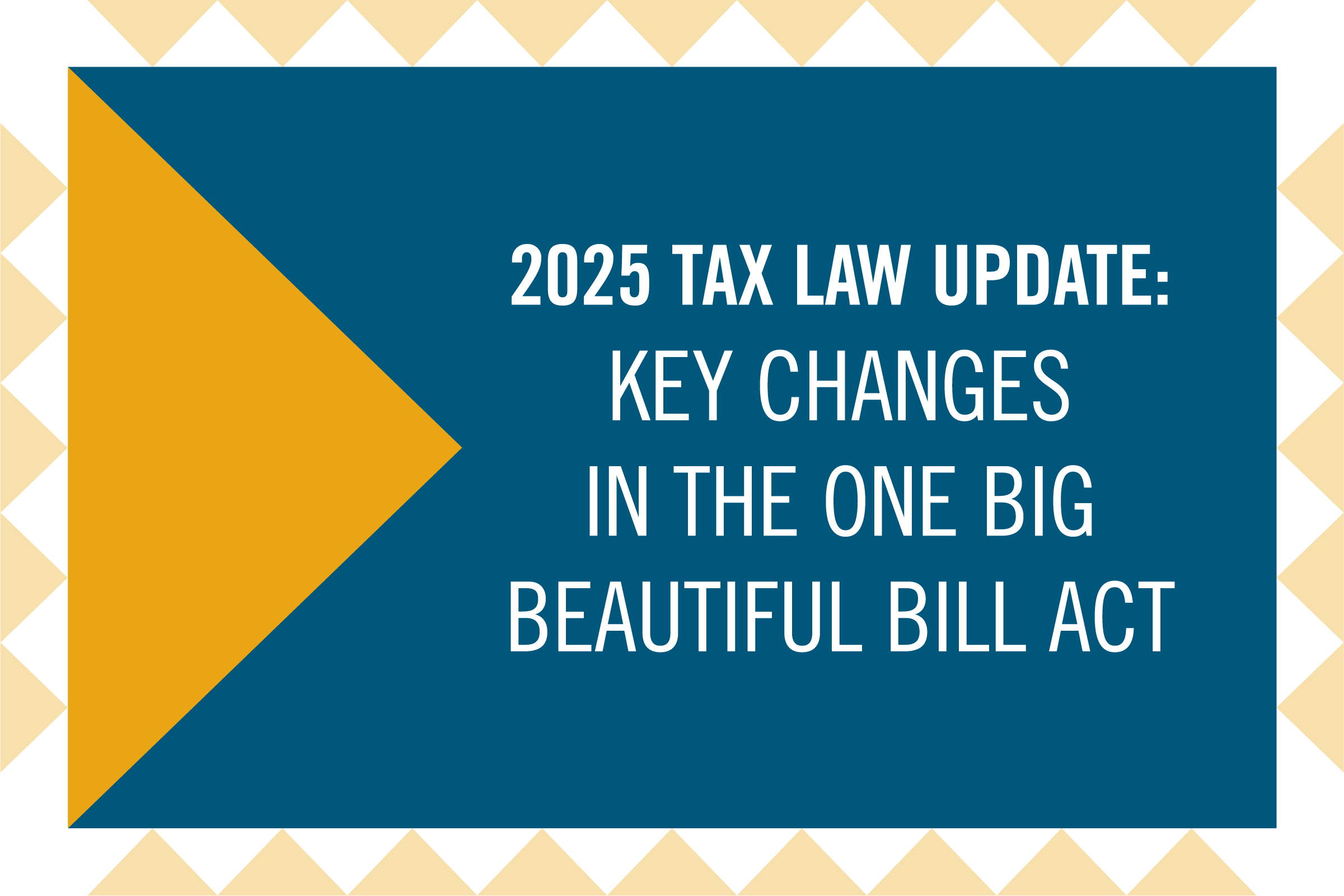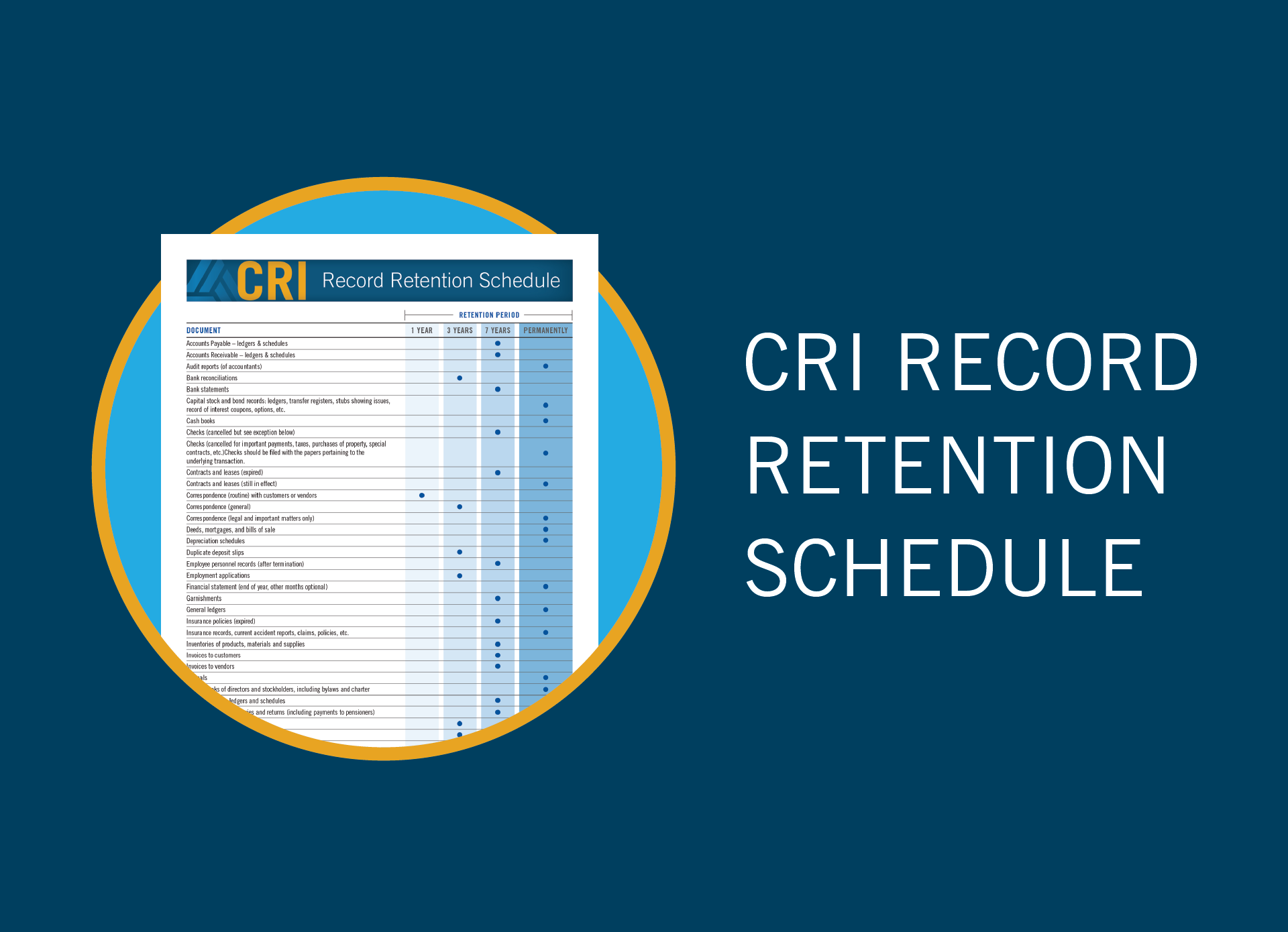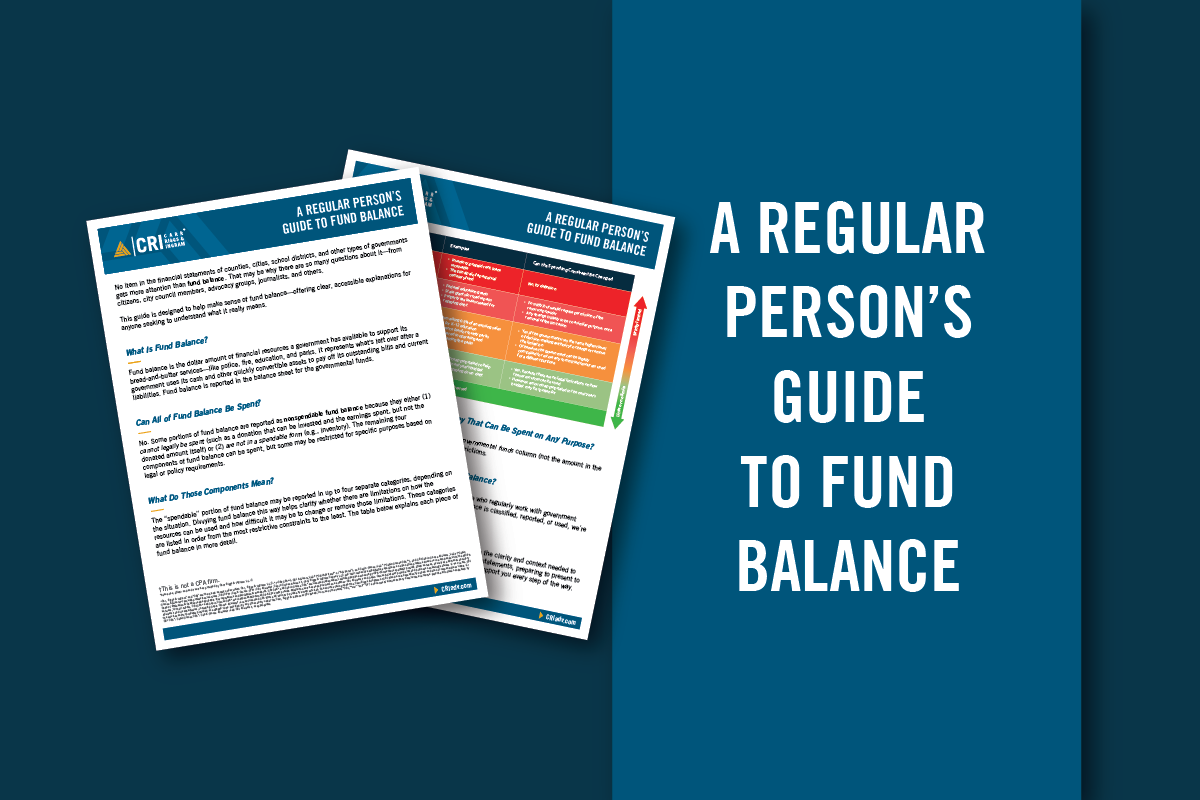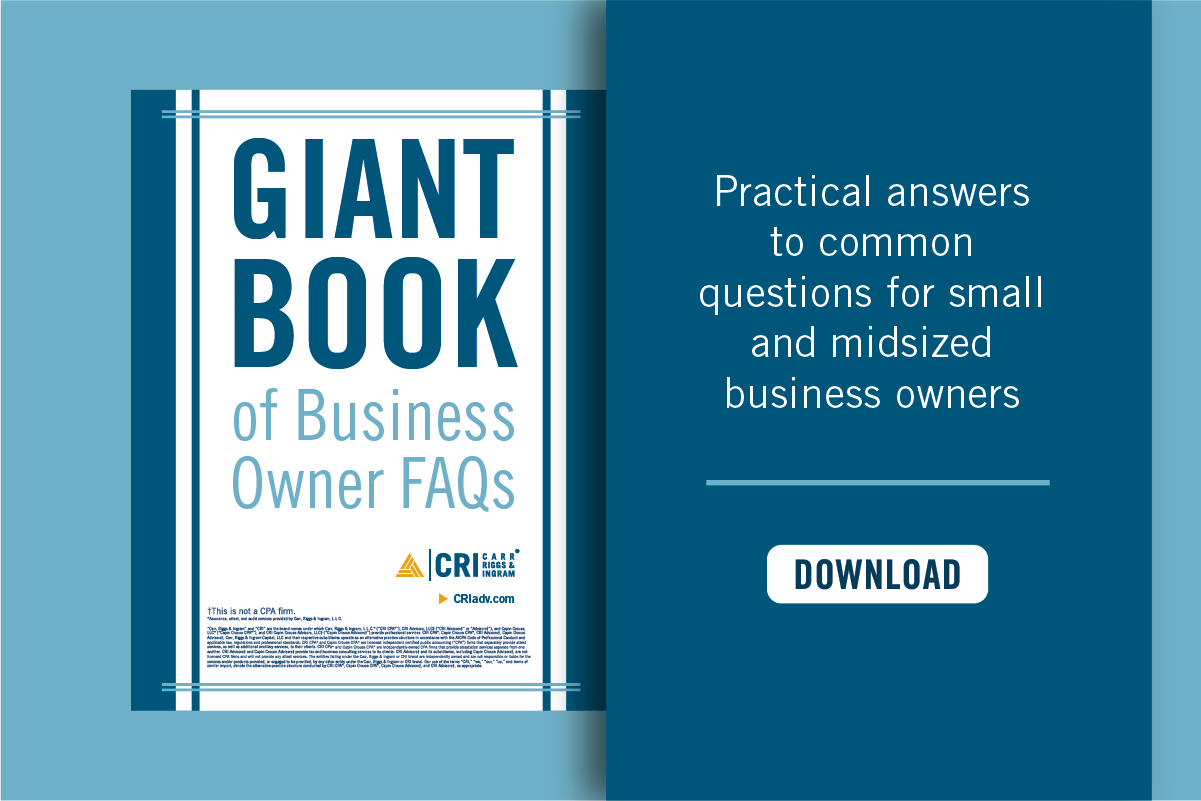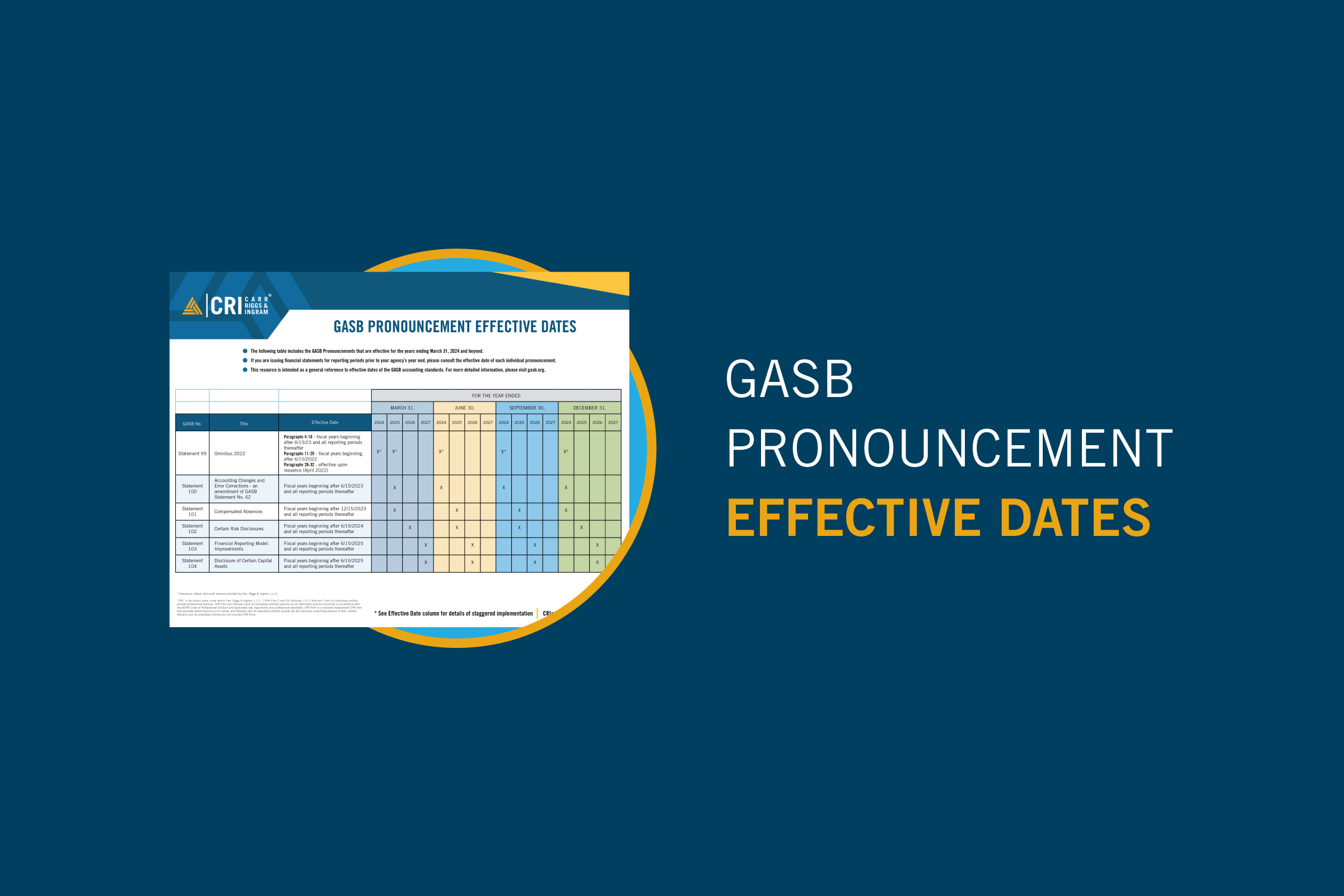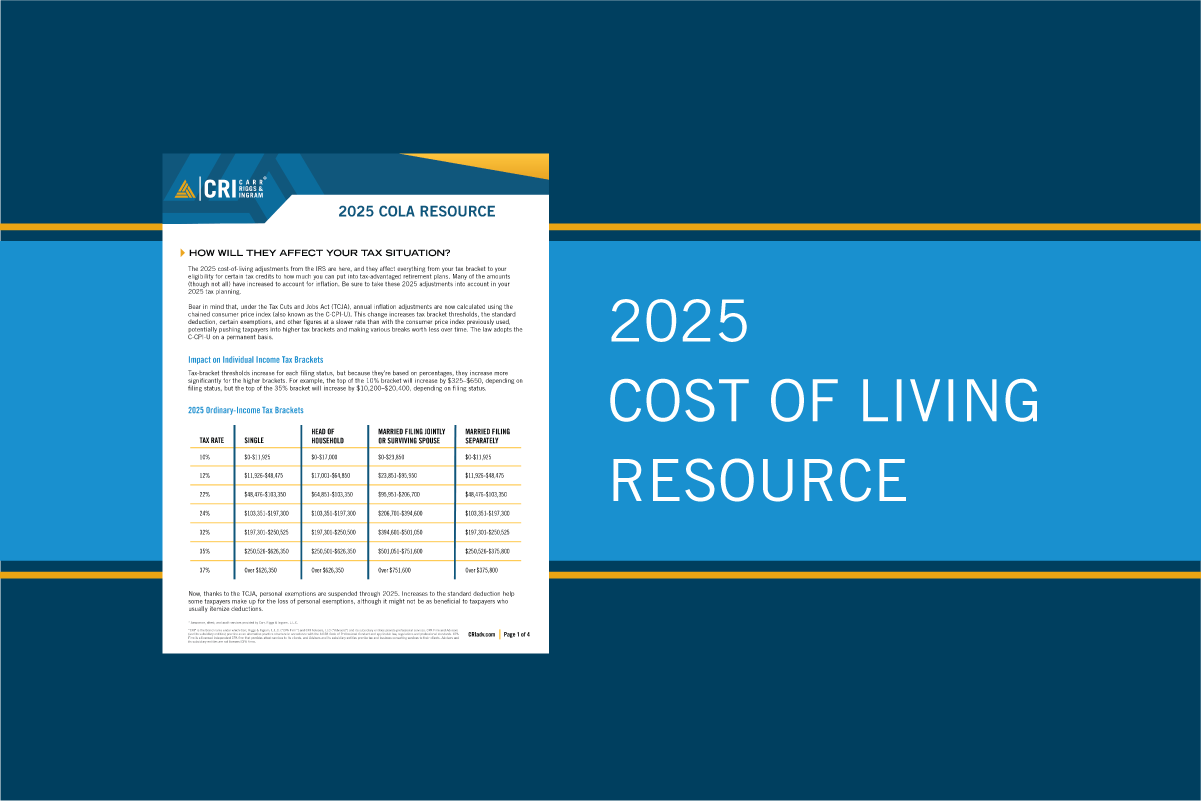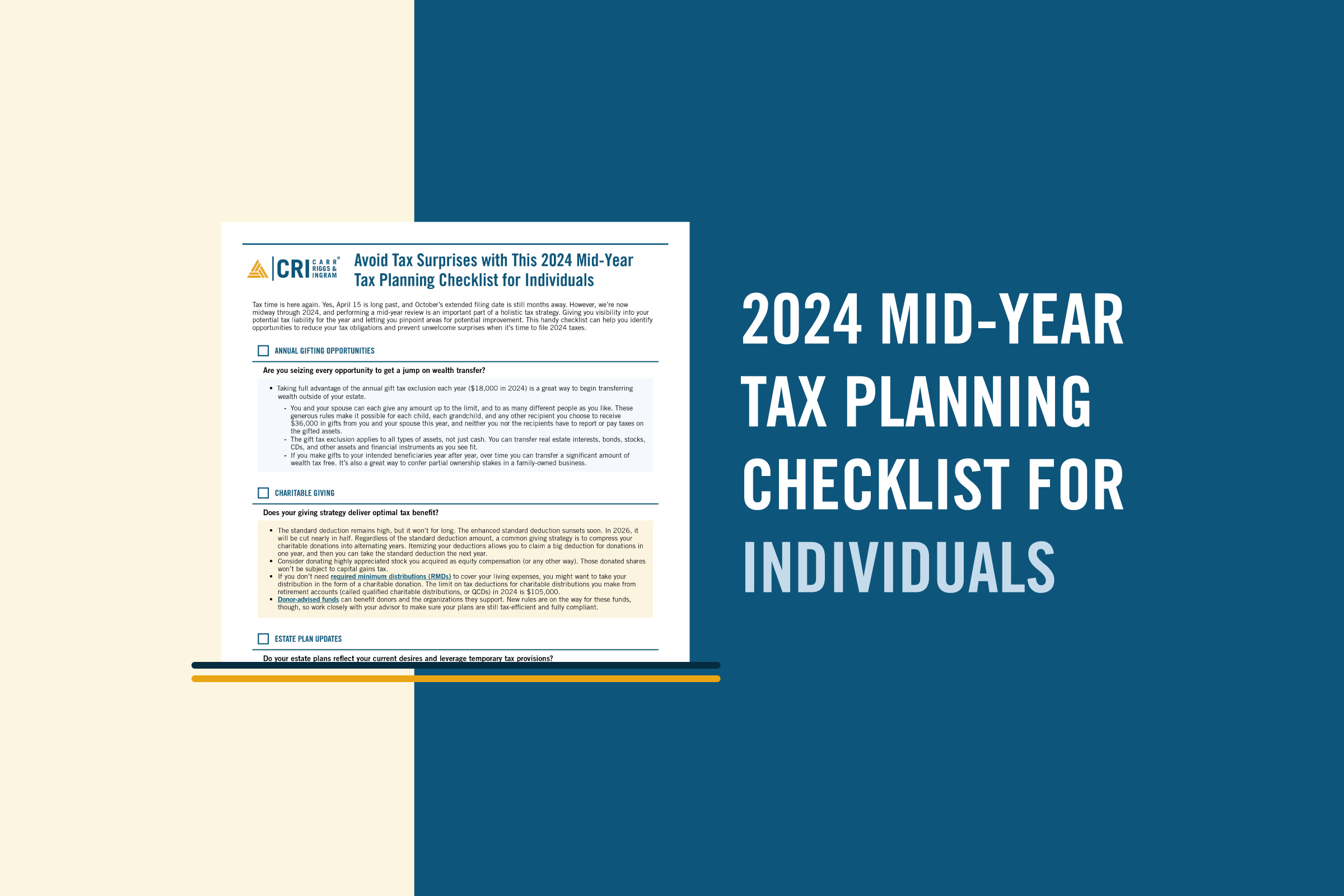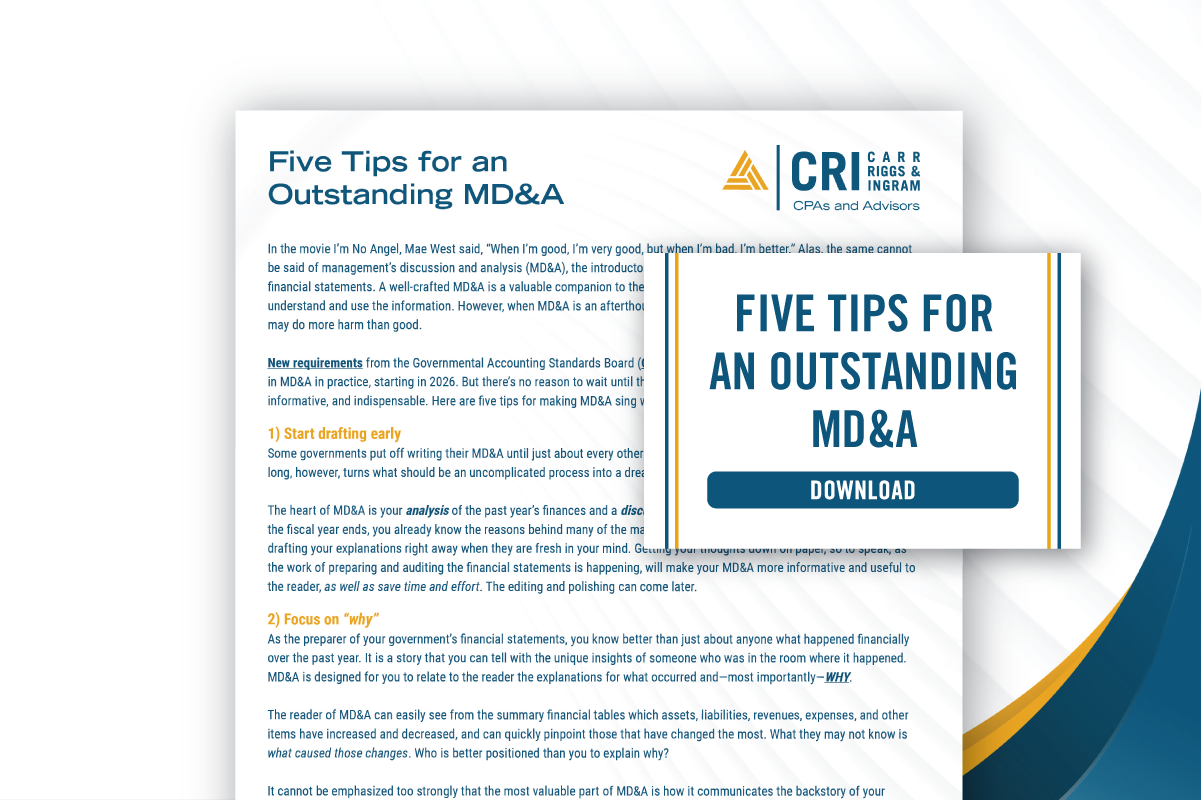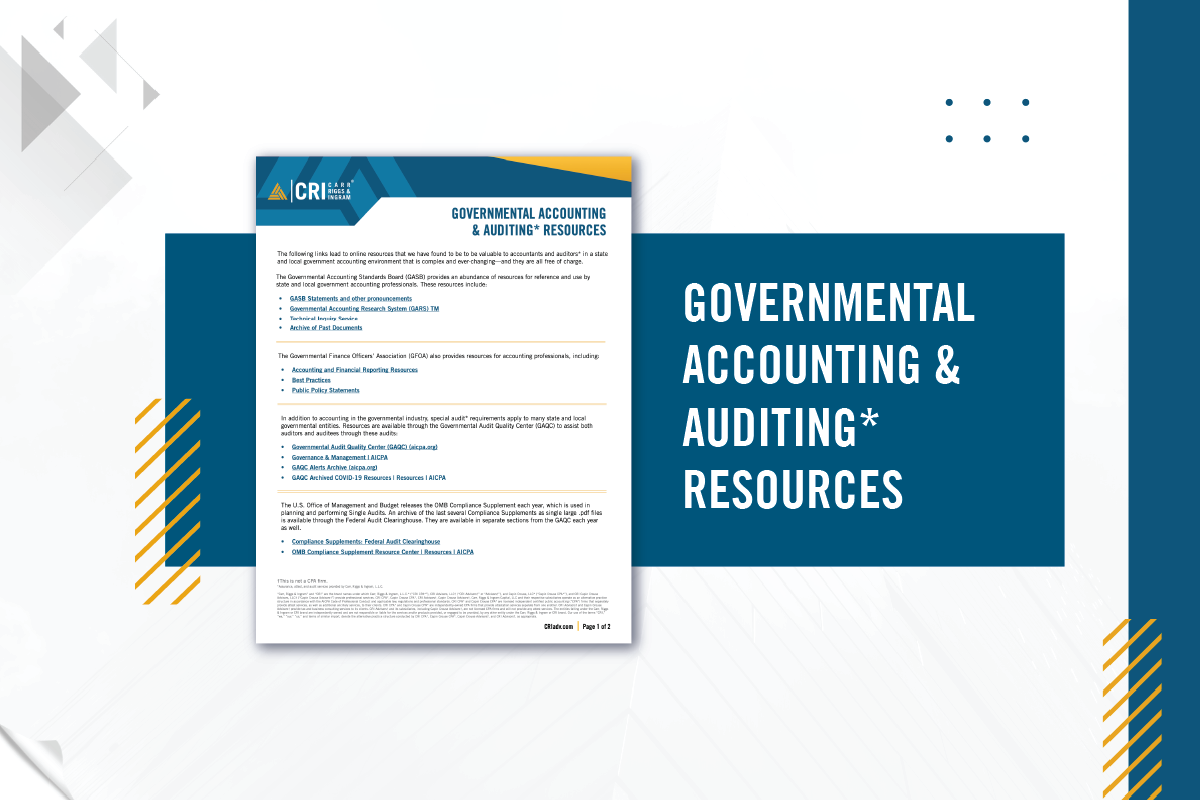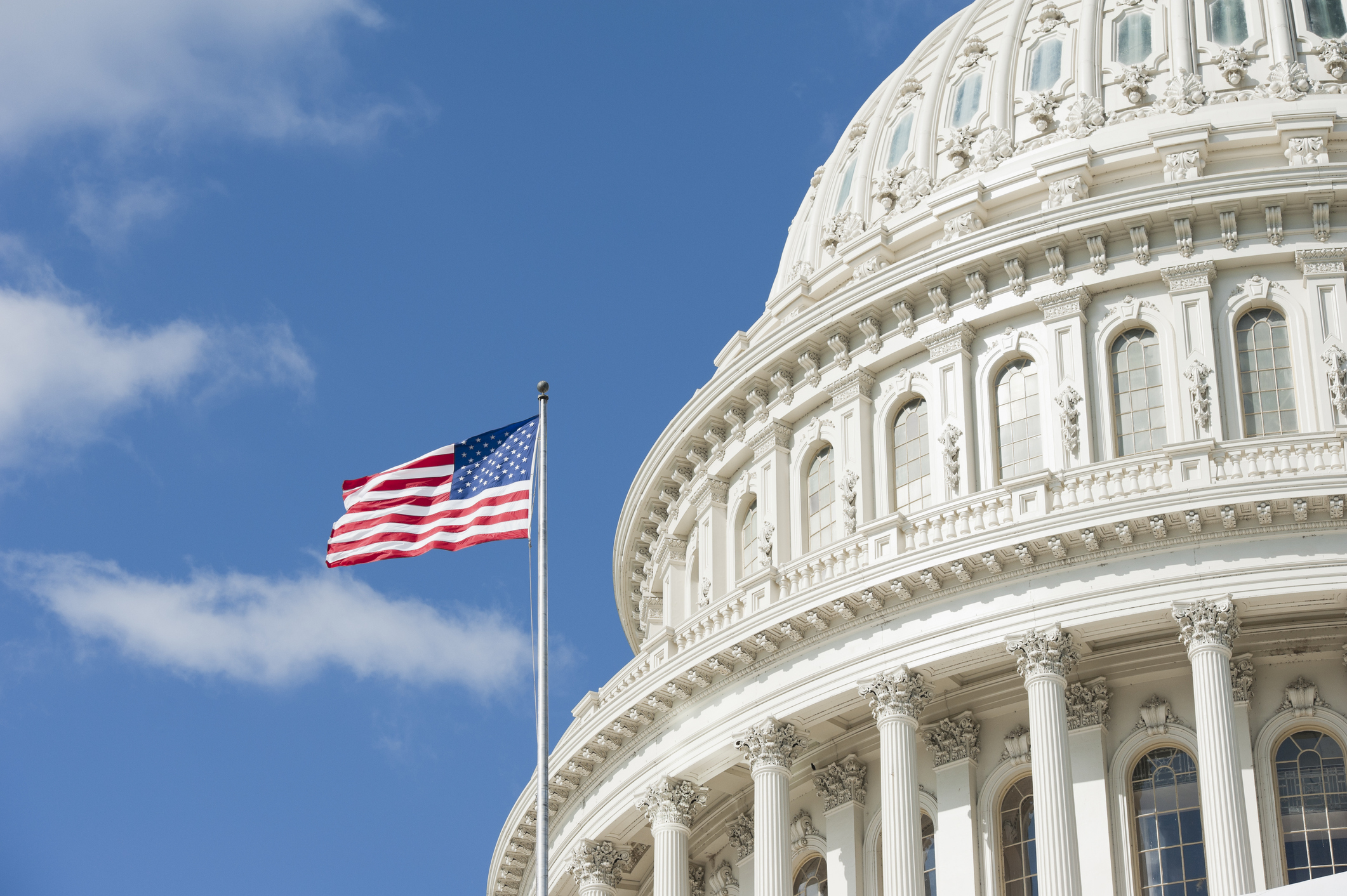Health Savings Accounts Offer Big Tax Benefits Now and in Retirement
- Contributor
- Kellie Shipley
Feb 8, 2022
Most people are familiar with “vanilla” retirement savings accounts: individual retirement accounts (IRAs), and those an employer offers, such as a 401(k). Many savers also contribute to a Roth account, the after-tax alternative to the traditional IRA and 401(k) plan. But there’s another type of retirement account that can be just as valuable. Are you missing out on the significant tax breaks of a health savings account (HSA)?
This lesser-known cousin of the IRA and 401(k) is a versatile tool that can deliver a big boost to savers’ finances throughout their working years and after retirement. There’s a catch, though; only taxpayers with a high-deductible health plan (HDHP) that is HSA compatible are eligible for this kind of medical retirement account.
High-Deductible Health Plans Defined
Of the many health insurance policies available to consumers, only some qualify as HDHPs. Generally speaking, an HDHP pays only for preventive care until the policyholder has met a significant deductible by paying for medical care out of pocket.
The IRS sets the deductible threshold for HDHP eligibility each year — and it’s lower than you might think. In 2022, an individual’s annual deductible must be at least $1,400 for a policy to be considered an HDHP, while family coverage requires a minimum deductible of $2,800.
Policyholders must be prepared to pay for many health care expenses for themselves, as well as any dependent care costs, without relying on insurance until they have met the policy deductible each year. However, that higher deductible is often balanced to some degree by lower monthly premium costs, as HDHPs typically carry lower rates for coverage.
There’s also a federally established annual limit on out-of-pocket expenses, ensuring that policyholders don’t face extreme health costs even if they wind up needing a lot of health care services. In 2022, the cap is $7,050 for individuals and $14,100 for family coverage.
How an HSA Works
By taking savings on monthly premium costs — and other funds — and depositing them into an HSA, policyholders can build up a nest egg to pay the costs of medical care until the deductible is met, along with other qualified medical expenses. The annual contribution limit in 2022 is $3,650 for an individual and $7,300 for a family. Those who are 55 or older can sock away an extra $1,000 per year in catch-up contributions.
Contributions to an HSA are pre-tax, meaning that as you grow your HSA account balance, you also lower your taxable income for the year. Even better, withdrawals for qualified health expenses remain tax-free — as do the interest and investment growth on HSA funds. And unlike with a flexible spending account, unspent contributions roll over to the next year and can be accumulated forever.
Since health care costs almost invariably increase with age, you’ll almost certainly need the funds sooner or later, and withdrawals will always be tax-free if used for qualified medical expenses. A 20% early withdrawal penalty applies otherwise, but only until savers reach the age of 65. After that, you can use the money any way you like, although standard tax rates will apply to nonmedical expenditures.
There’s one more potential perk: Some employers contribute funds to an HSA for employees. Free money plus tax-deductible contributions and tax-free withdrawals on contributions, interest, and investment growth — it’s hard to find a better deal than that.
What Are Qualified Medical Expenses?
Insurance premiums don’t count as qualified medical expenses, but many other health care costs do — including costs that insurance policies typically do not cover. The IRS updates the rules periodically, but HSA qualified medical expenses generally include:
- Copays
- Deductibles
- Dental
- Prescription drugs
- Vision
- Addiction treatment
- Acupuncture
- Chiropractic
- Fertility
- Smoking cessation
- Service animals
- Long-term care insurance premiums
- Psychiatric and mental health care
- Health-related products
The Takeaway
HSAs aren’t available to all taxpayers, but those who qualify for a medical retirement account should consider the option. If you’re eligible for an HSA and decide to save for medical expenses this way, your health savings contributions should represent just one part of a well-coordinated, comprehensive financial plan and tax strategy.
Consult your CRI advisor to assess the potential benefits of an HSA and create a tax-efficient roadmap to retirement that supports your current needs as well as your vision for the future.





